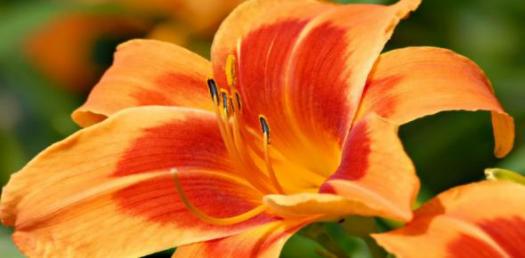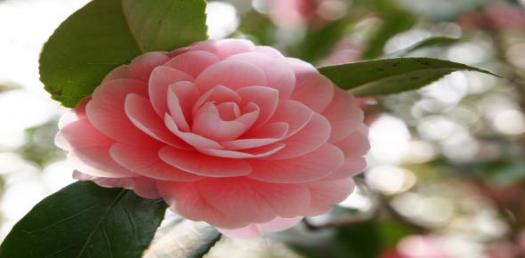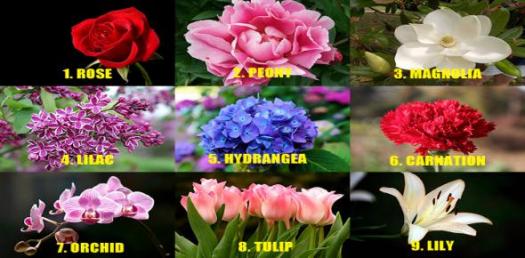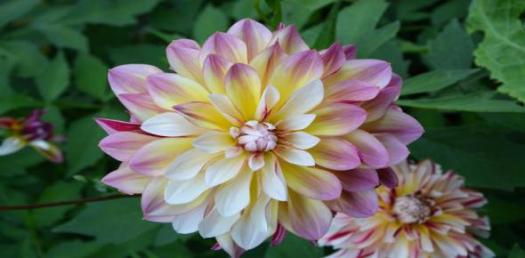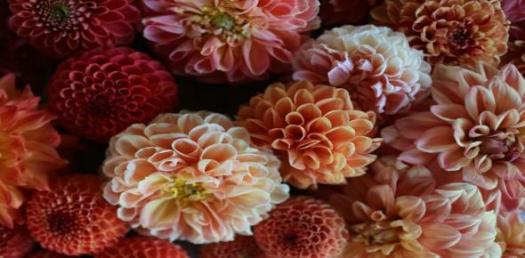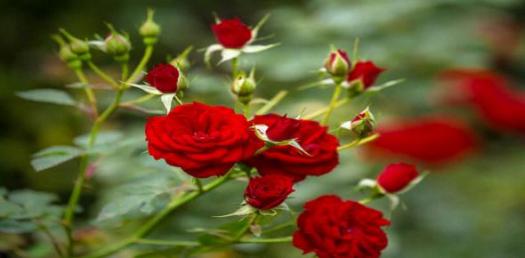Interesting Quiz On Favorite Flowers? Quiz

Flowers are a beautiful part of the plant in which many people believes that it is the point of reproduction whether through the aid of insects, wind, water and lots more. Flowers have many importances like beatification and gifts. Many people use flowers for a gift presentation based on favourite to represent love.
- 1.
Which of these flowers is used in representing love?
- A.
Calla lily
- B.
Pride of Barbados
- C.
Rose
- D.
Hibiscus
Correct Answer
C. RoseExplanation
The rose is used in representing love because it has long been associated with romantic love and passion. It is often given as a gift to express love and affection towards someone. The rose's beauty, fragrance, and vibrant colors make it a symbol of love and romance in various cultures around the world.Rate this question:
-
- 2.
Which of these flowers symbolises hospitality?
- A.
Hibiscus
- B.
Bird of paradise
- C.
Anthurium
- D.
Rose
Correct Answer
C. AnthuriumExplanation
Anthurium is the correct answer because it symbolizes hospitality. The flower is known for its vibrant red color and heart-shaped leaves, which represent warmth and love. In many cultures, Anthurium is often given as a gift to welcome guests or to express hospitality. Its unique appearance and symbolism make it a popular choice for arrangements and decorations in hospitality settings such as hotels, restaurants, and event venues.Rate this question:
-
- 3.
Which of these does Lily symbolise?
- A.
Sadness
- B.
Happiness
- C.
Purity
- D.
Magnificence
Correct Answer
C. PurityExplanation
Lily symbolizes purity because it is often associated with innocence, virtue, and cleanliness. In many cultures and religions, lilies are used in ceremonies and rituals to represent purity and divine beauty. The white color of lilies further reinforces the idea of purity as white is commonly associated with purity and perfection. Therefore, Lily is a symbol of purity rather than sadness, happiness, or magnificence.Rate this question:
-
- 4.
Which of these is not among the types of Iris flower?
- A.
White
- B.
Purple
- C.
Red
- D.
Blue
Correct Answer
C. RedExplanation
Red is not among the types of Iris flower. The question is asking for a type of Iris flower that does not exist, and red is the only option that does not correspond to an actual type of Iris flower.Rate this question:
-
- 5.
What can make a rose flower to be offered?
- A.
Love
- B.
Funeral
- C.
Fight
- D.
Festival
Correct Answer
A. LoveExplanation
Love can make a rose flower to be offered because roses are often associated with love and romance. Offering a rose is a gesture of affection and can be a way to express love and admiration towards someone. Roses are commonly given as gifts on special occasions such as Valentine's Day or anniversaries to symbolize love and passion.Rate this question:
-
- 6.
Which of these lilac symbolises "first love"?
- A.
Calla lily
- B.
Lilac
- C.
Purple lilac
- D.
White lilac
Correct Answer
C. Purple lilacExplanation
The purple lilac symbolizes "first love" because lilacs in general are often associated with love and romance, and the color purple is often associated with royalty, luxury, and passion. Therefore, the purple lilac represents the passionate and luxurious feeling of experiencing love for the first time.Rate this question:
-
- 7.
Which of these is not a flower?
- A.
Rode
- B.
Rose
- C.
Lilac
- D.
Carnation
Correct Answer
A. RodeExplanation
The word "Rode" is not a flower. The other options - Rose, Lilac, and Carnation - are all types of flowers.Rate this question:
-
- 8.
What flower is used in representing jealousy?
- A.
White Lilac
- B.
Yellow Hyacinth
- C.
Purple Lilac
- D.
Pink Hyacinth
Correct Answer
B. Yellow HyacinthExplanation
Yellow Hyacinth is used in representing jealousy because the color yellow is often associated with envy and jealousy. In addition, the hyacinth flower itself symbolizes jealousy and infidelity in the language of flowers. Therefore, the combination of the yellow color and the hyacinth flower makes the yellow hyacinth the most appropriate choice for representing jealousy.Rate this question:
-
- 9.
Which of these occurrence can not bring about presentation of flowers?
- A.
Marriage
- B.
Burial
- C.
Festival
- D.
Employment
Correct Answer
D. EmploymentExplanation
Employment is the only option among the given occurrences that does not typically involve the presentation of flowers. Flowers are commonly presented at weddings, funerals, and festivals as a cultural tradition or as a symbol of celebration or respect. However, in the context of employment, there is usually no specific tradition or custom of presenting flowers. Therefore, employment is the occurrence that cannot bring about the presentation of flowers.Rate this question:
-
- 10.
Which of set of people cannot be offered flower?
- A.
Old
- B.
Loved
- C.
Siblings
- D.
Criminals
Correct Answer
D. CriminalsExplanation
Criminals cannot be offered flowers because they have committed illegal acts and are considered to be a threat to society. Offering flowers is usually a gesture of love, respect, or goodwill, and it would not be appropriate to extend this gesture to individuals who have engaged in criminal activities.Rate this question:
-
Quiz Review Timeline +
Our quizzes are rigorously reviewed, monitored and continuously updated by our expert board to maintain accuracy, relevance, and timeliness.
-
Current Version
-
Aug 29, 2023Quiz Edited by
ProProfs Editorial Team -
Feb 01, 2019Quiz Created by
Gregorynaomi



